Preventing Heat Stroke in Dogs
As temperatures rise it’s important to remember that dogs are susceptible to heat stroke just like humans.
Heat stroke can be life-threatening for dogs, and it’s important to know the steps to take in order to prevent it.

In this blog post, we’ll discuss what heat stroke is, how to recognize the signs of heat stroke, and most importantly, how to prevent it from happening in the first place.
What is heat stroke?
Heat stroke occurs when a dog’s body temperature rises above its normal range and can no longer regulate itself. This would be anything about 102F.
This can happen when a dog is exposed to high temperatures for too long, is left in a hot car, or is exercising excessively in hot weather.
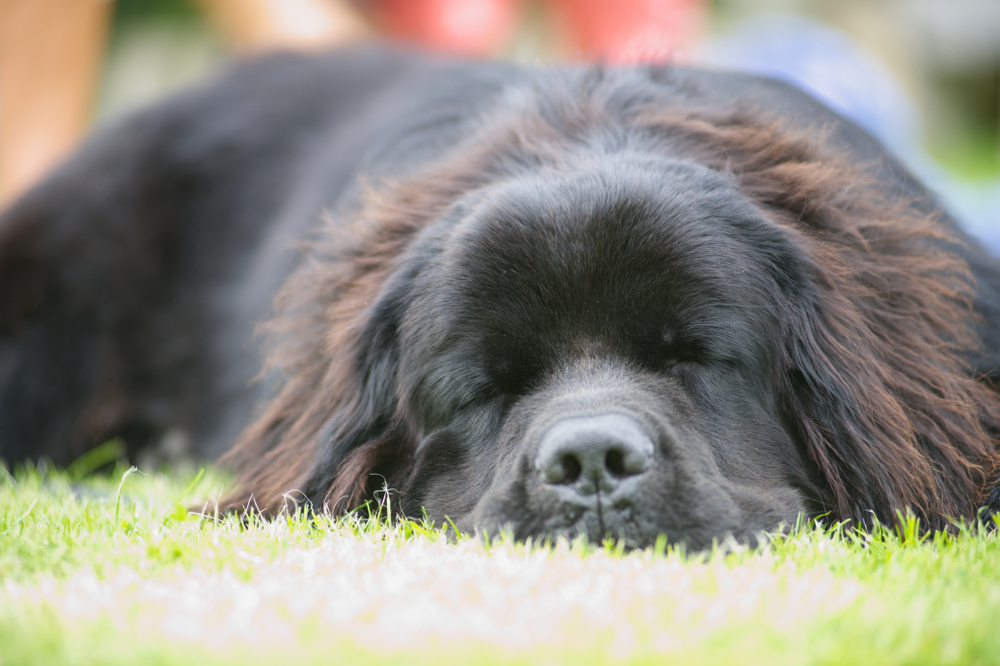
Heat stroke is a serious medical emergency and can cause damage to a dog’s organs, including the brain, heart, liver, and kidneys. And in severe cases, it can lead to seizures, coma, and even death.
Recognizing the signs of heat stroke in dogs
It’s important to be able to recognize the signs of heat stroke in dogs so that you can take action quickly.
Some of the most common signs of heat stroke in dogs include:
- Panting heavily
- Excessive drooling
- Reddened gums and tongue
- Vomiting or diarrhea
- Rapid heart rate
- Weakness or collapse
- Seizures or coma
If you notice any of these signs in your dog, it’s important to do something about it right away. Move your dog to a cooler area, offer cool (not cold) water, and seek veterinary attention immediately.
Preventing heat stroke in dogs
Heat stroke is completely preventable and if you catch it soon enough, there is a high probability that your dog will survive.
Here are some steps you can take to keep your dog safe in hot weather:
Provide plenty of shade and water
If your dog spends time outdoors, provide a shaded area where they can relax and stay cool. Additionally, make sure your dog always has access to fresh, cool water to drink.
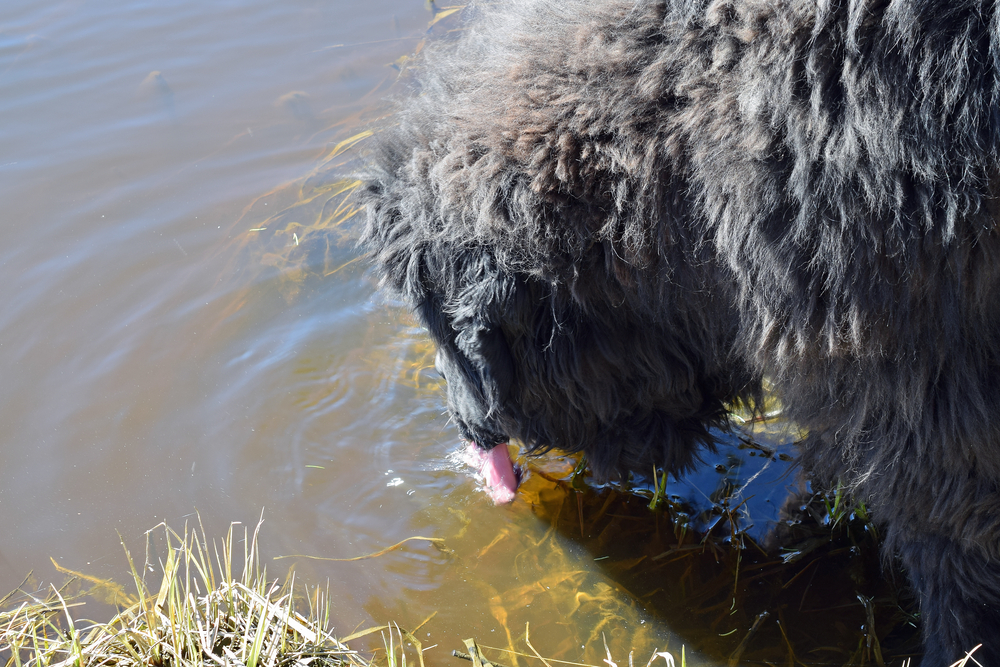
Avoid exercising in hot weather
If you like to exercise with your dog, it’s important to avoid doing so during the hottest parts of the day. Instead, try to exercise early in the morning or late in the evening when temperatures are cooler.
If you must exercise during the hottest parts of the day, stick to shaded areas and bring plenty of water for both you and your dog.
Never leave your dog in a hot car
This should go without saying, but it’s worth repeating: never leave your dog in a hot car, even for a few minutes.
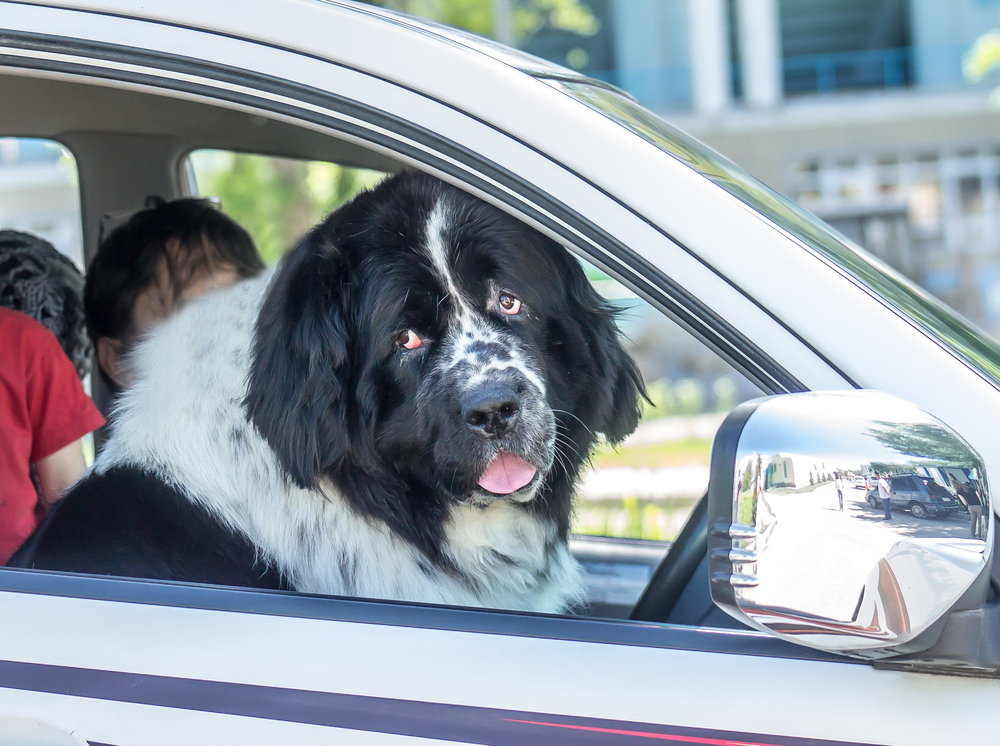
Temperatures inside a car can rise quickly, even with the windows cracked, and can be deadly for dogs. If you need to run errands with your dog, leave them at home where it’s cool and comfortable.
Be mindful of your dog’s breed and age
While this is a website about Newfoundlands, heat stroke can affect all breeds. It’s important to know that certain breeds of dogs are more susceptible to heat stroke than others.
For example, short-nosed breeds like pugs and bulldogs have a harder time regulating their body temperature and are more prone to heat stroke.
Additionally, older dogs and very young puppies are more vulnerable to heat stroke, so take extra care with them in hot weather.
Provide cooling aids
There are several products available that can help keep your dog cool in hot weather.
Cooling mats, vests, and bandanas can all help regulate your dog’s body temperature and keep them comfortable.
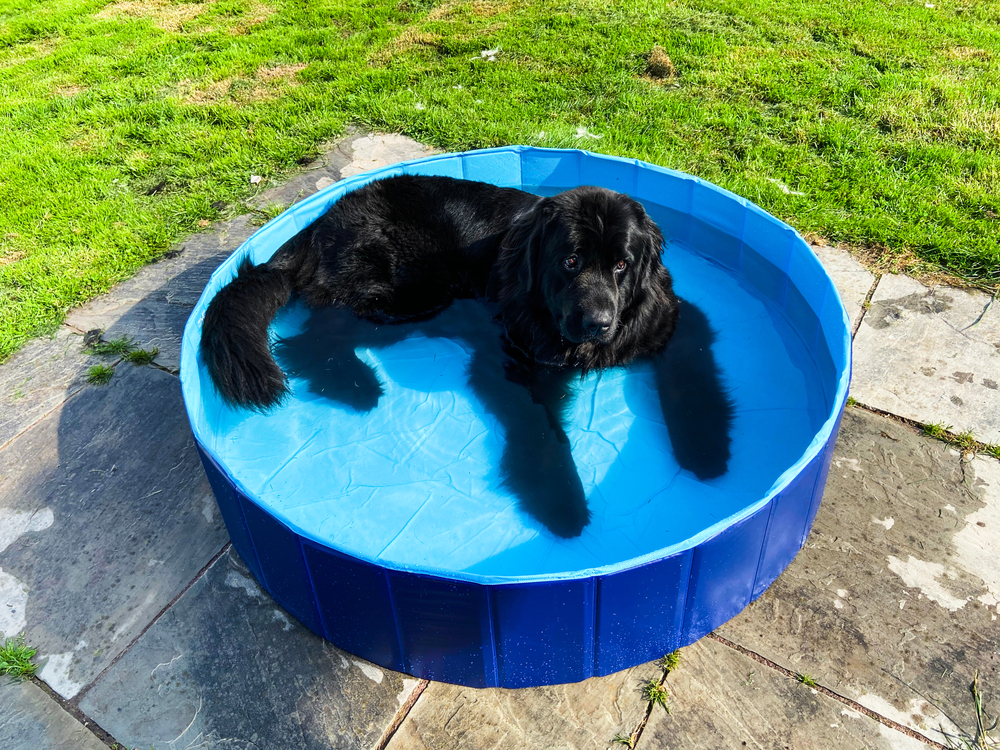
You can also provide a shallow pool or hose your dog down with cool water to help them cool off. If you do decide to go the small pool route, you may never see your Newfie again and when they do decide to come back in the house, it will never be dry again.
You’ve been warned.
Other things to keep in mind
In addition to the above preventative measures, there are also some other things you can do to help keep your dog healthy and comfortable during hot weather.
For example, you can feed your dog smaller meals more frequently throughout the day instead of one or two larger meals, as this can help regulate their body temperature.

You can also provide them with ice cubes or frozen treats to help cool them down. I have yet to meet a dog that doesn’t love ice cubes. Especially if they accidentally fall on the floor while filling your cup.
It’s also important to remember that some dogs may be more susceptible to heat stroke than others. Dogs with darker coats may absorb more heat from the sun, while dogs with lighter coats may be more prone to sunburn.
Additionally, dogs with certain medical conditions, such as heart or respiratory problems, may have a harder time regulating their body temperature.
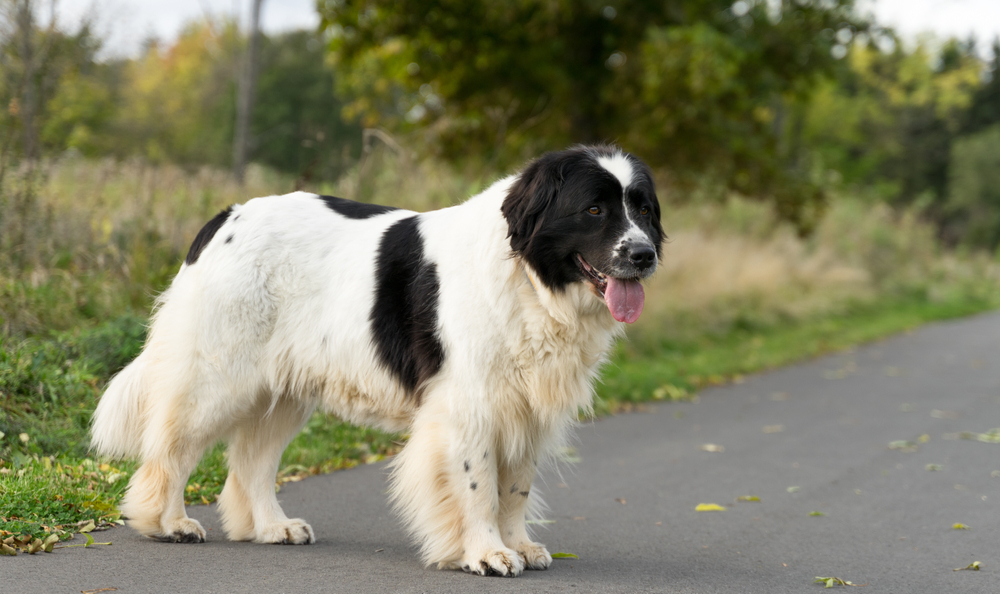
Preventing heat stroke in dogs is all about being proactive during the summer months and taking the necessary steps to keep your dog cool and comfortable. With a little bit of effort, you can enjoy the summer weather with your dog while keeping them safe and healthy.
If you’re unsure whether your dog is at risk for heat stroke, it’s always best to err on the side of caution and take steps to keep them cool and comfortable. Remember, it’s better to be safe than sorry!







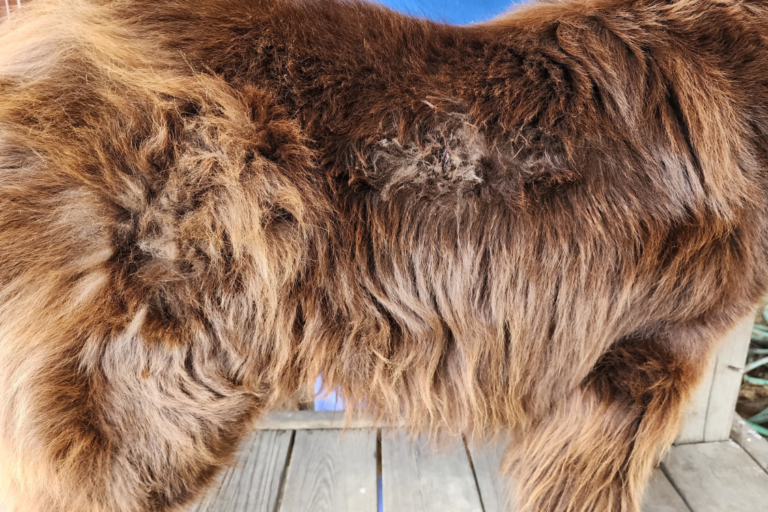
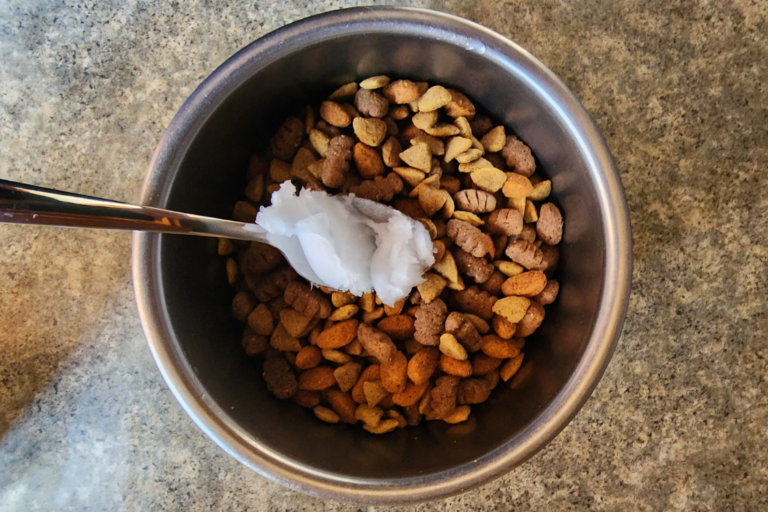

Join the Pack
Sign up for our quarterly Newf-Letter to stay up to date with your favorite pack of Newfoundlands
4 Comments